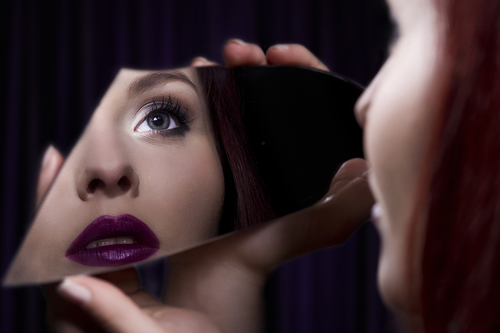Uncategorized
Mirror Mirror on the wall…..
Some of the best minds in social, psychology and machine learning have been exploring the field of persuasive technology for years. This summer, I locked myself in a room and set out a target of reading 4 academic research studies per day in this terrain area. Yes… arguably I am not the ideal person to invite to your next dinner party (unless of course your friends are passionate about cognitive research in learning in which case I would be perfect!) However, it was fascinating and I learned so much.
My motivation for doing so was simple. The world is moving at exponential pace and I believe we can differentiate ourselves positively by re-examining how we learn, why we retain some information and skills (but not others) and what gets in the way of doing so. I’m hoping to share a few things on what I uncovered in the coming weeks.
In a small but well cited and rigorous study, Gonzalez-Franco and colleagues found that, cognitively, our brains do not see avatars dramatically differently as to how we see ourselves when we look in a mirror. By measuring participants’ brain activity with electroencephalography (EEG), they found that our neural activity was pretty much the same if we look at an avatar or we look at ourselves in a mirror.
With a twist.
Kaufmann and Schweinberger’s research states that our avatar needs to resemble our real life image in a range of 70% or better. If this is true, our brain “sees” yourself (or more accurately the neural activity processes the image) in the same way. Fascinating right? And creates some very interesting possibilities about the power of visualisation in learning.
Put in other words, I can’t suddenly create an avatar that looks like Kate Moss and expect the same result, (for those of you who don’t know me, I am nowhere near!) but I can probably adjust my avatar a little and it wouldn’t dramatically affect how my brain processes the image. It’s as if I were looking at myself in a mirror!

